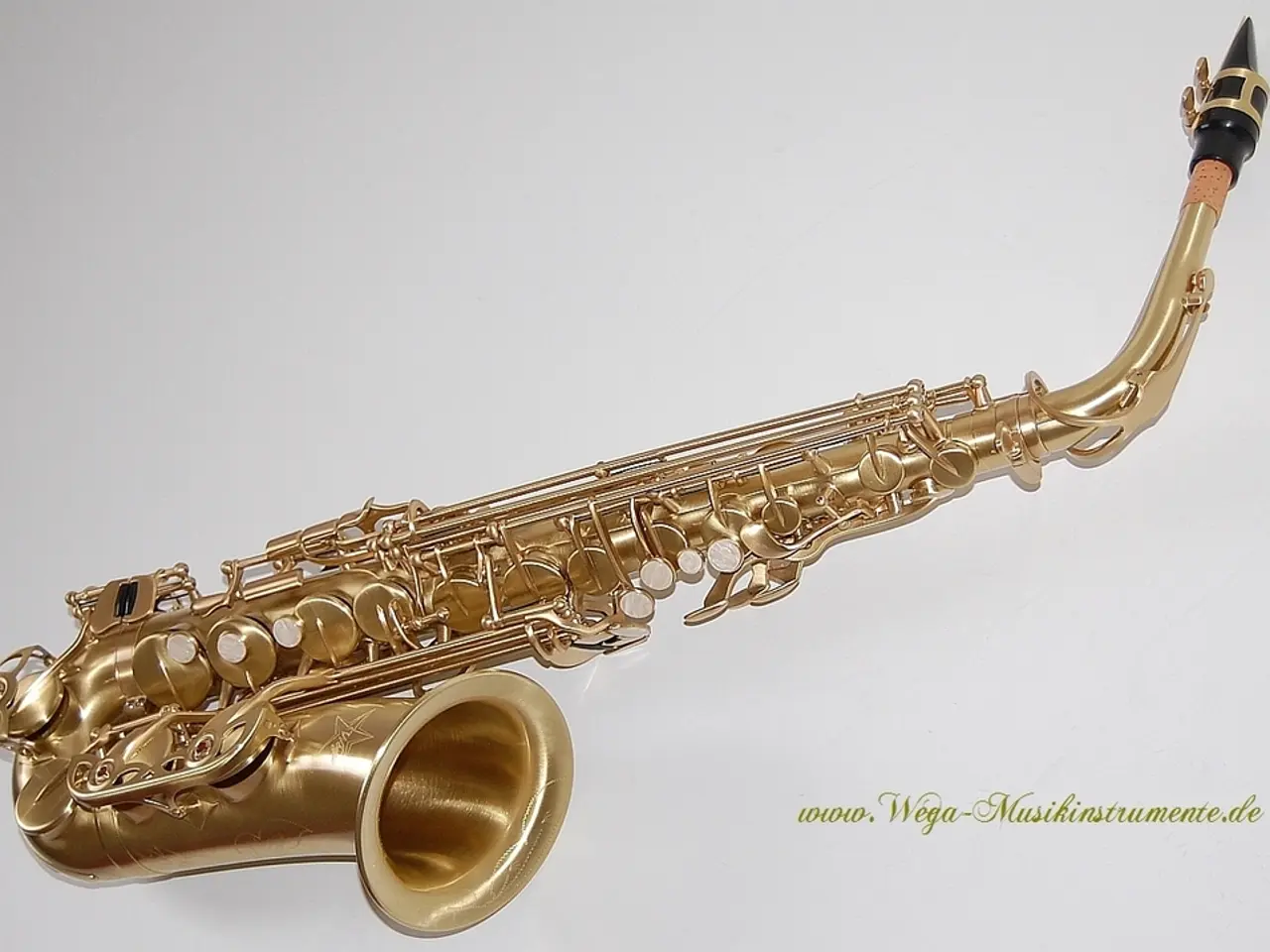Utilizing the Supertonic Scale Degree: A Comprehensive Guide on Employing a Key Scale's Essential Component
Unveiling the Versatility of the Supertonic in Modern Music
The supertonic, the second scale degree in a musical key or mode, is a fascinating element that has found its way into the forefront of modern music, particularly in pop and jazz genres. With its fresh and versatile sound, the supertonic has become a trendy choice for composers and producers seeking to create harmonically and melodically rich compositions.
Practical Applications
Chord Progressions
One common use of the supertonic is in secondary dominant chords, such as the V of ii. This technique, used to create a sense of tension leading to the ii chord, adds harmonic richness to the music[5].
Modal Interchange
In songwriting, the supertonic can be used to borrow chords or scales from parallel modes or keys. For instance, using the supertonic in a major key can create a minor or modal sound, adding variety to a piece[3].
Melodic Writing
The supertonic can be used to create melodic tension, especially when it is part of a motif or theme that resolves to the tonic. This can add emotional depth to a melody[6].
Harmonic Rhythm
Incorporating the supertonic into chord progressions, even briefly, can vary the harmonic rhythm of a song, making it more engaging and dynamic[7].
Composition Techniques
Using the supertonic as a pivot chord or in a modulation can lead listeners through unexpected harmonic pathways, adding complexity and interest to a composition[8].
Examples in Common Chord Progressions
While the supertonic is not directly used in the I-V-vi-IV progression, using secondary dominants or modal interchange based on the supertonic can enhance its impact[2][4].
Unique Qualities
The supertonic has a unique quality as a melodic resting place. Shifting the 9th up an octave adds a smooth and sophisticated sound to the chord without changing its overall quality[9].
The supertonic is often highlighted in modern melodies as a strong note[10]. Its lack of strong ties to a single chord makes it an obvious choice for simple, singable melodies[11].
The supertonic is another name for scale degree two in a major or minor scale. Its importance in chord progressions that contain the ii chord, especially in classic jazz workouts like "Rhythm Changes," cannot be overstated[12].
In conclusion, the supertonic, while seemingly simple, deserves special attention due to its numerous applications in various genres. Its versatility allows composers to create nuanced and engaging musical structures, making it an essential tool in modern music production.
Source: [1] The Supertonic Chord and Its Role in Jazz [2] The Supertonic Chord and Its Uses in Jazz [3] Borrowing Chords: A Guide for Songwriters [4] Modal Interchange in Jazz [5] Secondary Dominants in Jazz [6] Melodic Tension and Release in Music [7] Harmonic Rhythm and Its Role in Music [8] Modulation in Music: A Guide [9] The 9th Chord Extension in Music [10] The Supertonic in Modern Melodies [11] The Supertonic as a Singable Melody Note [12] The Supertonic in Classic Jazz Workouts
- In the realm of education-and-self-development, learning about the supertonic's role in music distribution can provide valuable insights for aspiring composers and producers.
- Lifelong-learning encourages musicians to explore the versatility of the supertonic, enabling them to create harmonically and melodically rich compositions across various genres, fostering growth in music development.




